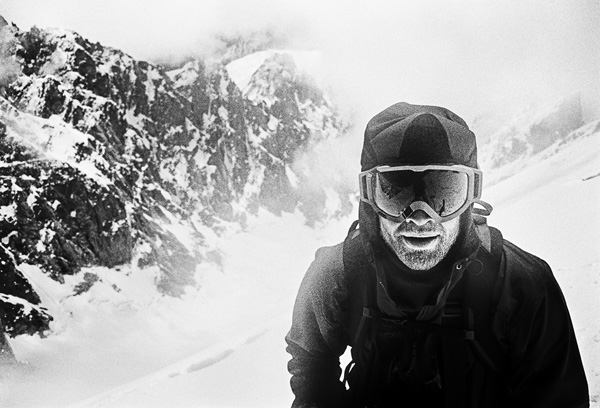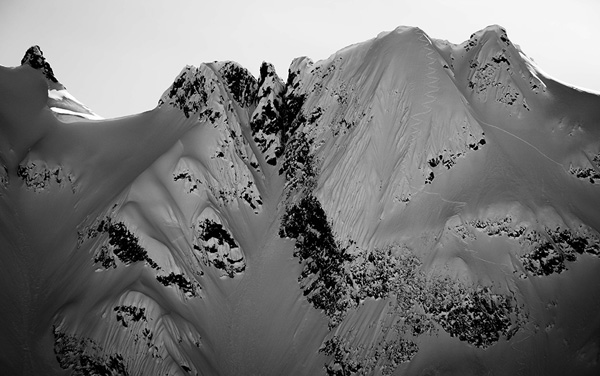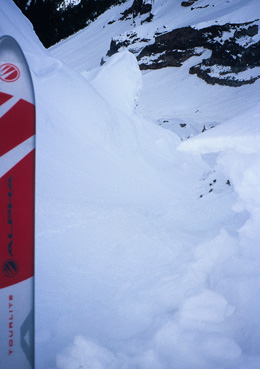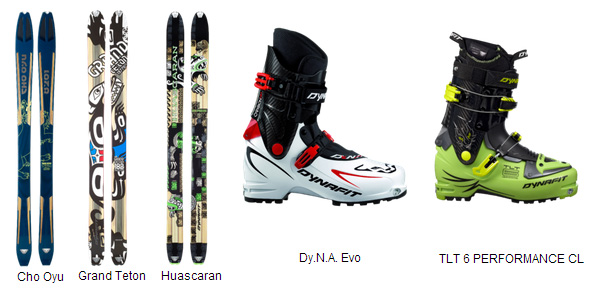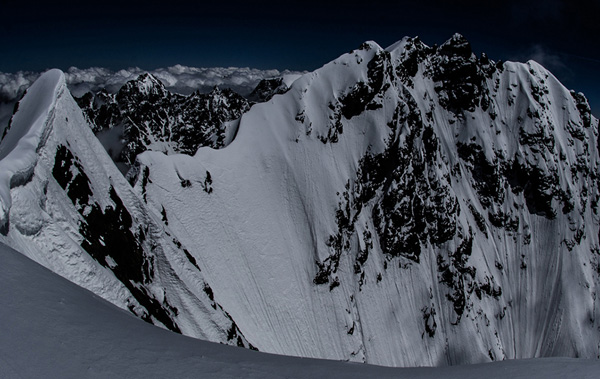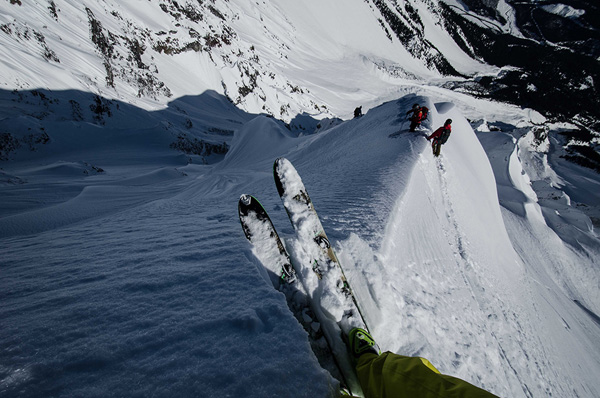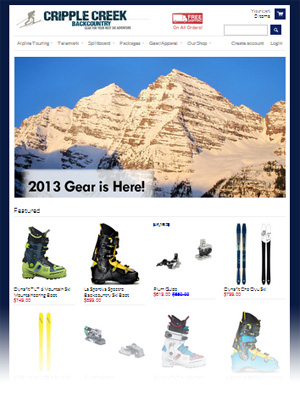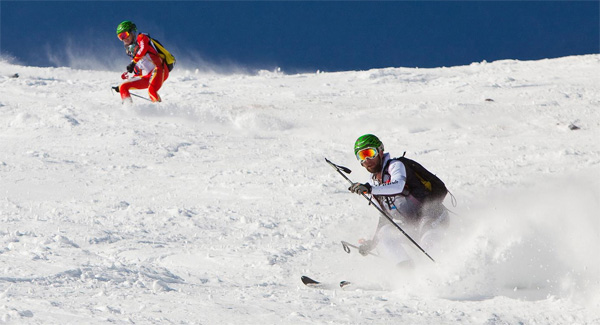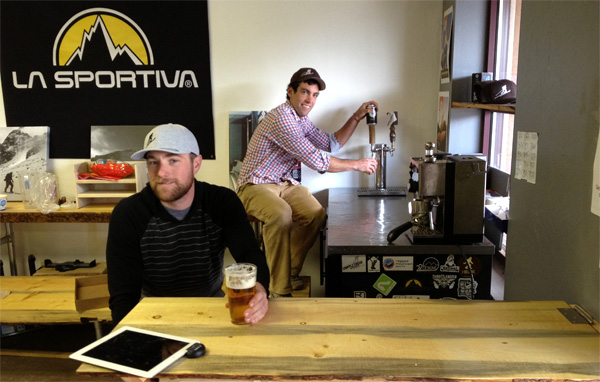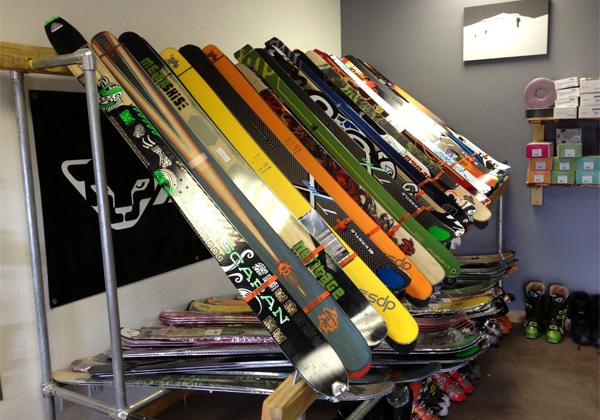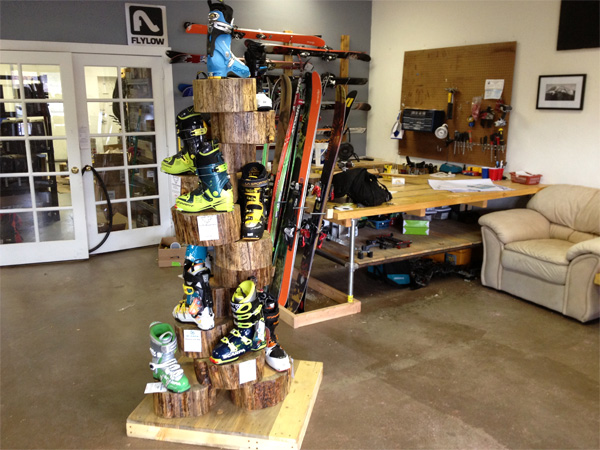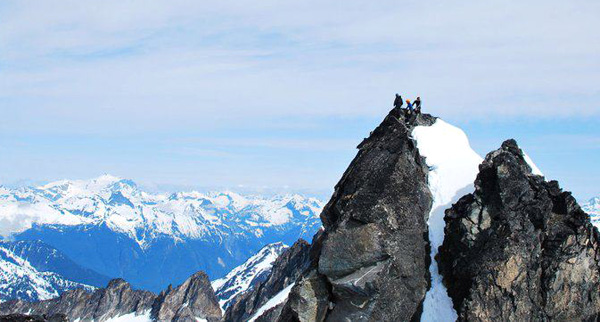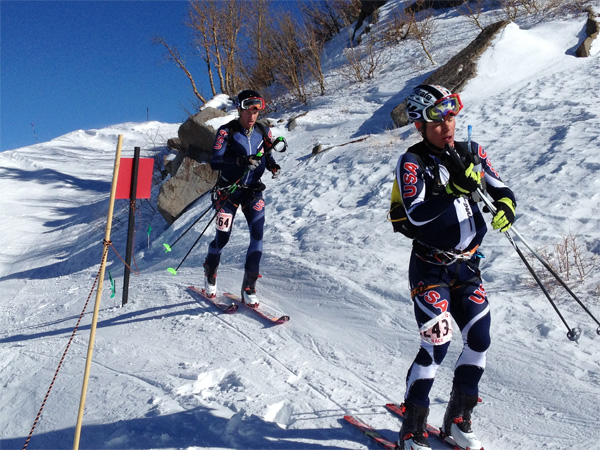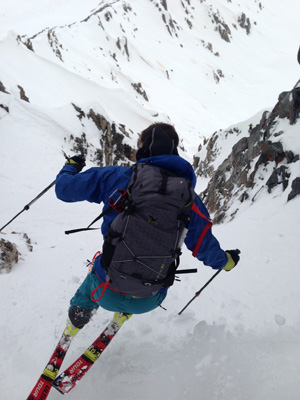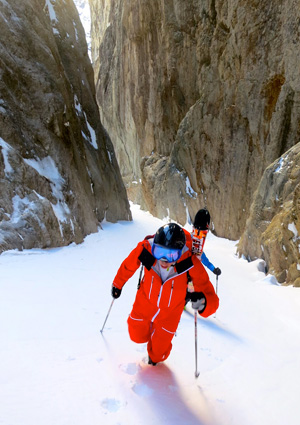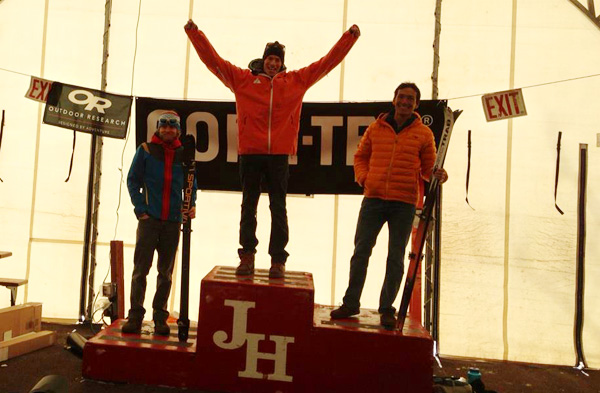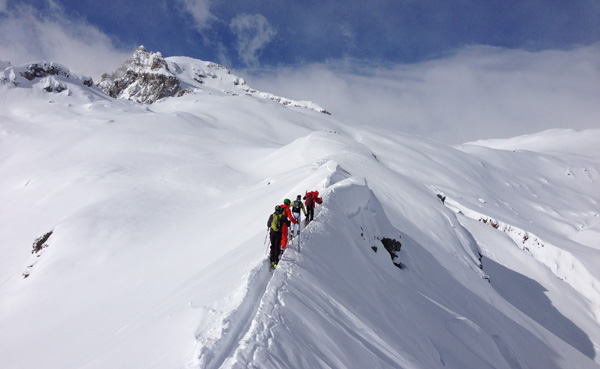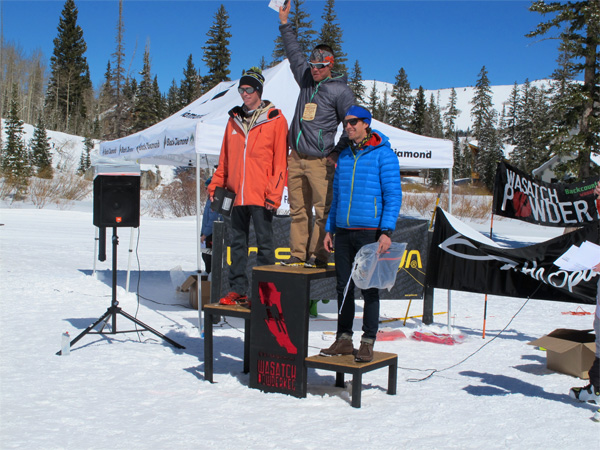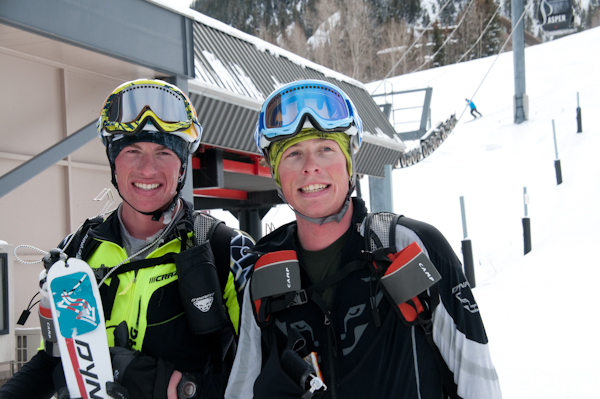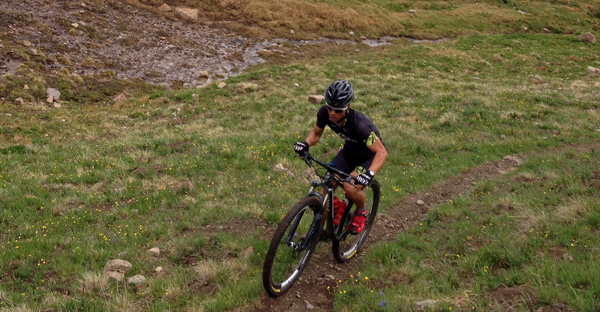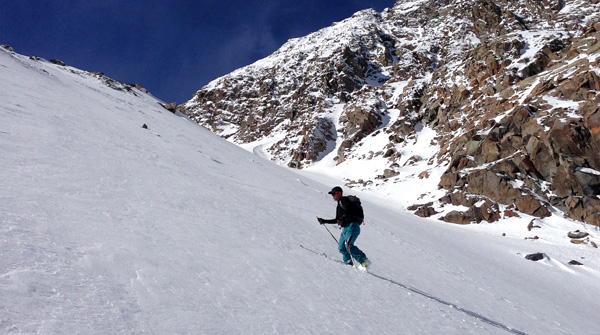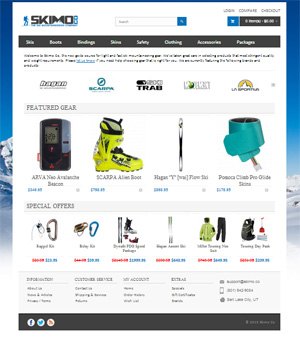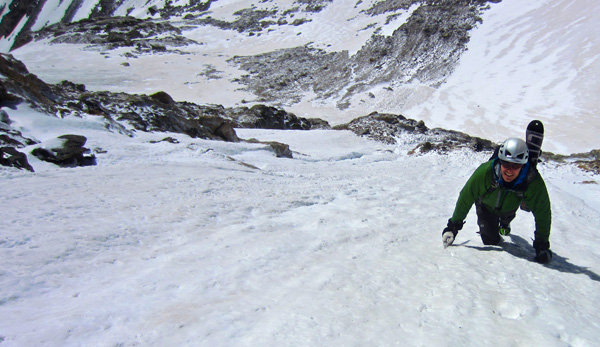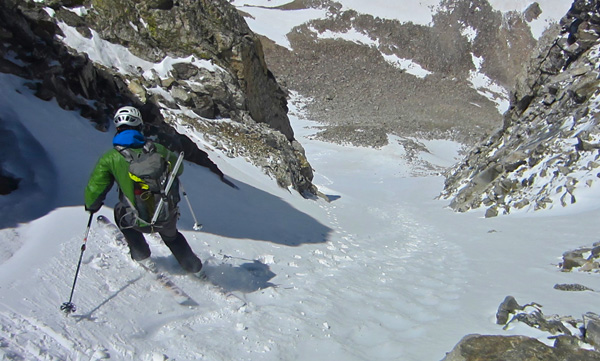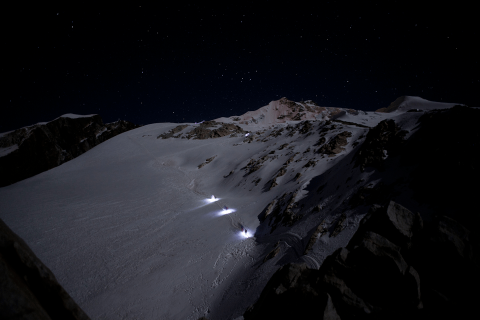Here you can listen to Melanie Bernier’s five minute telephone interview on Canada’s main station – the CBC Radio – from this morning. This is another step for ski mountaineering racing in finding its way into more Canadian hearts.
Being the first ever Canadian to step onto the World Cup ski mountaineering podium she rightly deserved to be featured on the CBC Daybreak show.
For more details about Melanie’s 2014 skimo World Cup racing check out these Skintrack interviews and articles:
- Podcast interview with Melanie from December 2014
http://www.skintrack.com/tips-tricks-advice/interview-with-melanie-bernier-skimo-training/ - Melanie’s exclusive recap from January 2014
http://www.skintrack.com/skimo-racing/world-cup-skimo-racing-melanie-bernier/
If you know of other main stream media interviews with skimo athletes share a link in comments below.



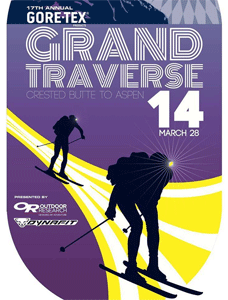 At midnight on Friday March 28th, 2014 a head-lamped horde will set out from Crested Butte, CO for the town of Aspen, CO. Skiing 40 miles through the backcountry at night, teams of two racers carry the equipment needed to navigate a largely unmarked course past two checkpoints before finishing down Aspen Mountain in the sunlight. This annual ritual of athleticism and backcountry hardiness now called the Gore-Tex Grand Traverse is among the longest and most challenging skimo races in North America.
At midnight on Friday March 28th, 2014 a head-lamped horde will set out from Crested Butte, CO for the town of Aspen, CO. Skiing 40 miles through the backcountry at night, teams of two racers carry the equipment needed to navigate a largely unmarked course past two checkpoints before finishing down Aspen Mountain in the sunlight. This annual ritual of athleticism and backcountry hardiness now called the Gore-Tex Grand Traverse is among the longest and most challenging skimo races in North America.
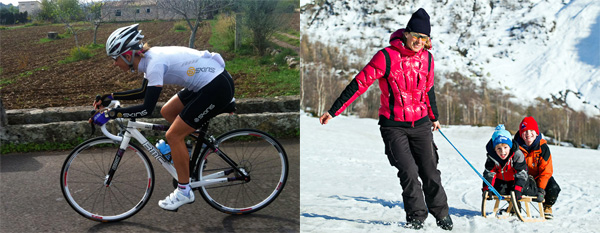
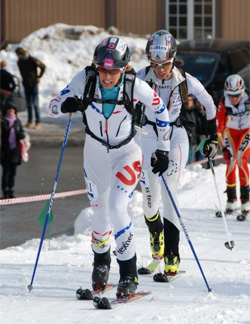
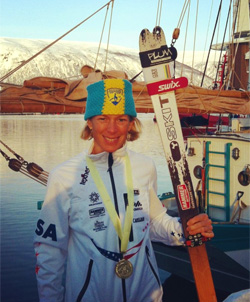
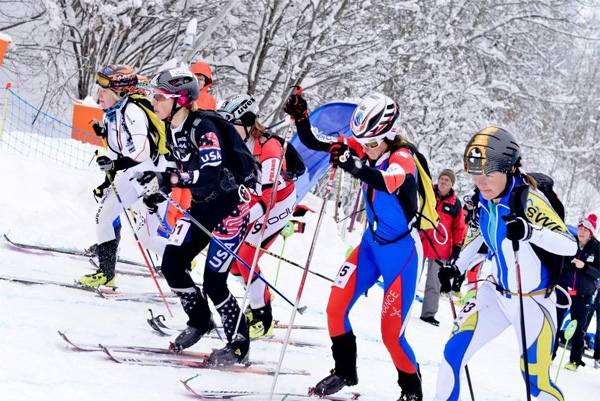
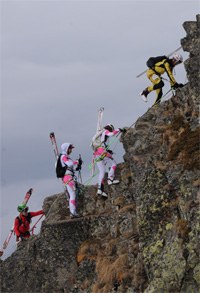
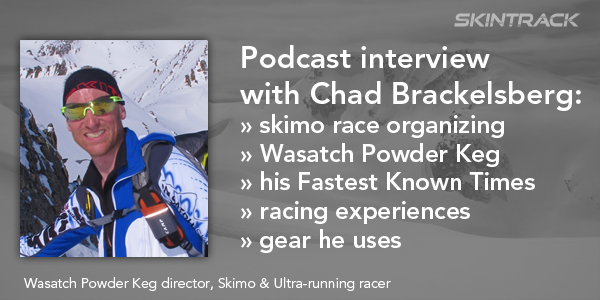
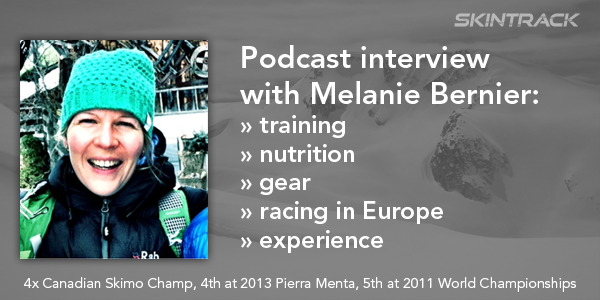
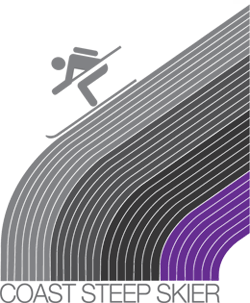 I don’t get stoked easily, but I am totally psyched to bring you this interview because Trevor Hunt skis literally the gnarliest shit on almost ski mountaineering racing gear – and you never heard of him!
I don’t get stoked easily, but I am totally psyched to bring you this interview because Trevor Hunt skis literally the gnarliest shit on almost ski mountaineering racing gear – and you never heard of him!